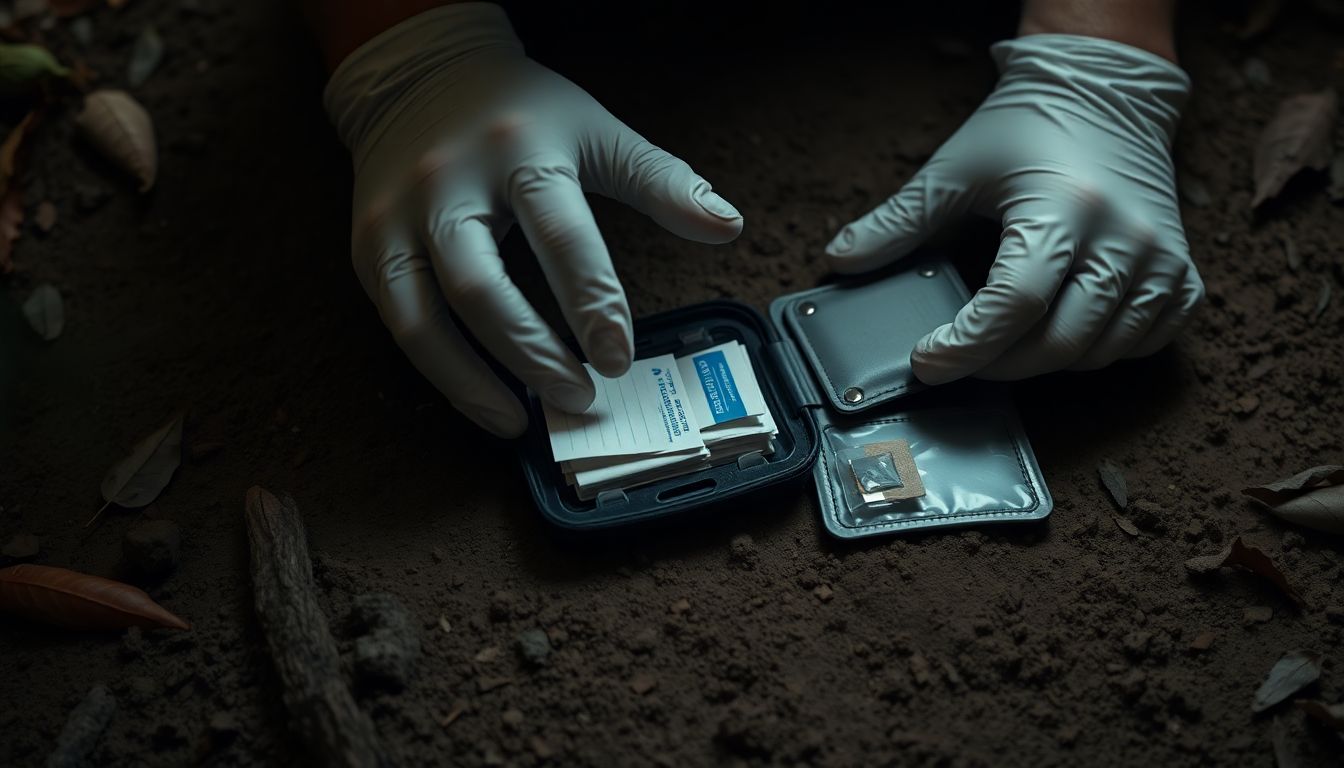You’re in the backcountry and hiking when suddenly, your friend slips and fully injures his leg. Help isn’t hours away on a possible reach-through, only immediate life preservation and those crucial first couple of minutes. Can you keep them alive? Basic medical knowledge can make all the difference at such times. According to studies, immediate care significantly increases survival ratios. You don’t have to be a doctor. With the right knowledge, anyone can dramatically improve their odds during a crisis.
Understanding the Situation and Prioritizing Treatment
First things first: take a deep breath. Assess the scene. Is it safe for you and the injured person? Then, quickly figure out what’s wrong. Prioritize the most life-threatening issues first.
Scene Safety and Personal Protection
First, scan the surrounding area before rushing in. Are there any dangers, such as falling rocks or floodwater? Always protect yourself first. Use gloves, masks, or whatever you have to create a safe zone. Think about a flooded area. The water might appear deceptively harmless; contaminating it with sewage is always be careful.
Primary Assessment: ABCs (Airway, Breathing, Circulation)
Check for the ABCs: Airway, Breathing, Circulation. Is the person conscious? If not, is the airway clear? Are they breathing? Can you feel their pulse? If there’s no breathing, start rescue breaths immediately.
Secondary Assessment: Head-to-Toe Examination
Once the ABCs are stable, perform a head-to-toe exam. Look for other injuries. Check for medical alert bracelets/cards. Ask the individual what happened, if they can speak. This helps you get the big picture.
Most Common Forgotten Survival Injuries
There are specific injuries more common for survival action. How to treat these injuries can make a life or death difference. These injuries include wounds, fractures, and burns.
Care for Wound and Averting Infection
Wounds should be cleaned at the earliest possible time. For example, boiled water or antiseptic wipes can be helpful. Clean cloth can work as a bandage. Symptoms and signs for infection would include redness, swelling, and pus. Keeping the wound clean is critical.
Use of a Splint for Fractures and Dislocations
If a person has a fractured limb, splint it with anything: sticks, clothing- anything acts as a splint. Immobilize the injury. Stabilize it above and below a joint. This prevents further damage.
Treatment of Burns
Burns can be thermal (fire), chemical, or sunburns. Cool the burn immediately with water. Protect it with a clean bandage. Aloe can help with sunburns. Different burns require different responses.
Dealing with Emergencies in Nature
Extreme weather conditions can kill. Hypothermia, hyperthermia, or dehydration are serious life issues. Learn how to identify and treat these conditions.
Hypothermia and Frostbite
Signs of hypothermia are shakes, disorientation, and fatigue. Contact the bodies and warm the person. Create a warm environment. Don’t rub frostbitten areas; rather focus gentle warmth.
Hyperthermia and Heat Strokes
The heat stroke strikes very fast. You should look out for confusion, a dizzy feeling, and the sweating stops. Once he has provided you with a way out of the sun, water, and fan, slowly rehydrate him. The hiker really has the potential to develop heat stroke when he is not taking in enough water.
Dehydration and Water Sourcing
Signs of dehydration include thirst, a dry mouth, and dark urine. Find a water source, boil it or use purification tablets, then ration water. Water is the stuff of life.
Essential Medical Skills and Techniques
Survival care calls for specific skills, like CPR, bleeding control, and moving injured people. Survival skills have a saving power in them.
CPR and Rescue Breathing
Restore the heart of a person; this happens through CPR. Rescue breathing-facilitate oxygen flow into the lungs. Do physical training on CPR. Tailor the techniques to children and infants as well as adults.
Bleeding Control
Bleeding can be controlled by pressure. If it is persistent, use a tourniquet. Wounds can be packed with clean cloth. Tourniquets are very effective in stopping bleeding.
A Makeshift Stretcher
Make a stretcher with poles, blankets, or clothing. Make sure the weight is evenly distributed. This makes it possible to move the injured person’s body safely.
Building a Survival Medical Kit
A well-stocked medical kit is important. It should contain medicines as well as bandages and other related supplies. Know how to use what you have.
Essential Medications and Supplies
Your kit should include:
- Pain relievers
- Antibiotics
- Antiseptic wipes
- Bandages
- Gauze
- Tape
- Gloves
Adjust quantities based on your group size.
Improvised Medical Tools
They add up to a number of improvised medical tools. A knife may cut bandages. A cloth may filter water. Make something out of what you have with a little creativity.
Maintain and Organize Your Kit
All expiry dates should be checked regularly. Replace items as you use them. Waterproof them with an airtight container. A kit that is organized is by all means useful.
Conclusion
Basic survival medical skills are vital. They can really draw the line between life and death. Learn and practice these skills as continuously as possible. Enroll yourself in first aidCPR. Assemble a survival medical kit today. Abandon preparation saves lives.
